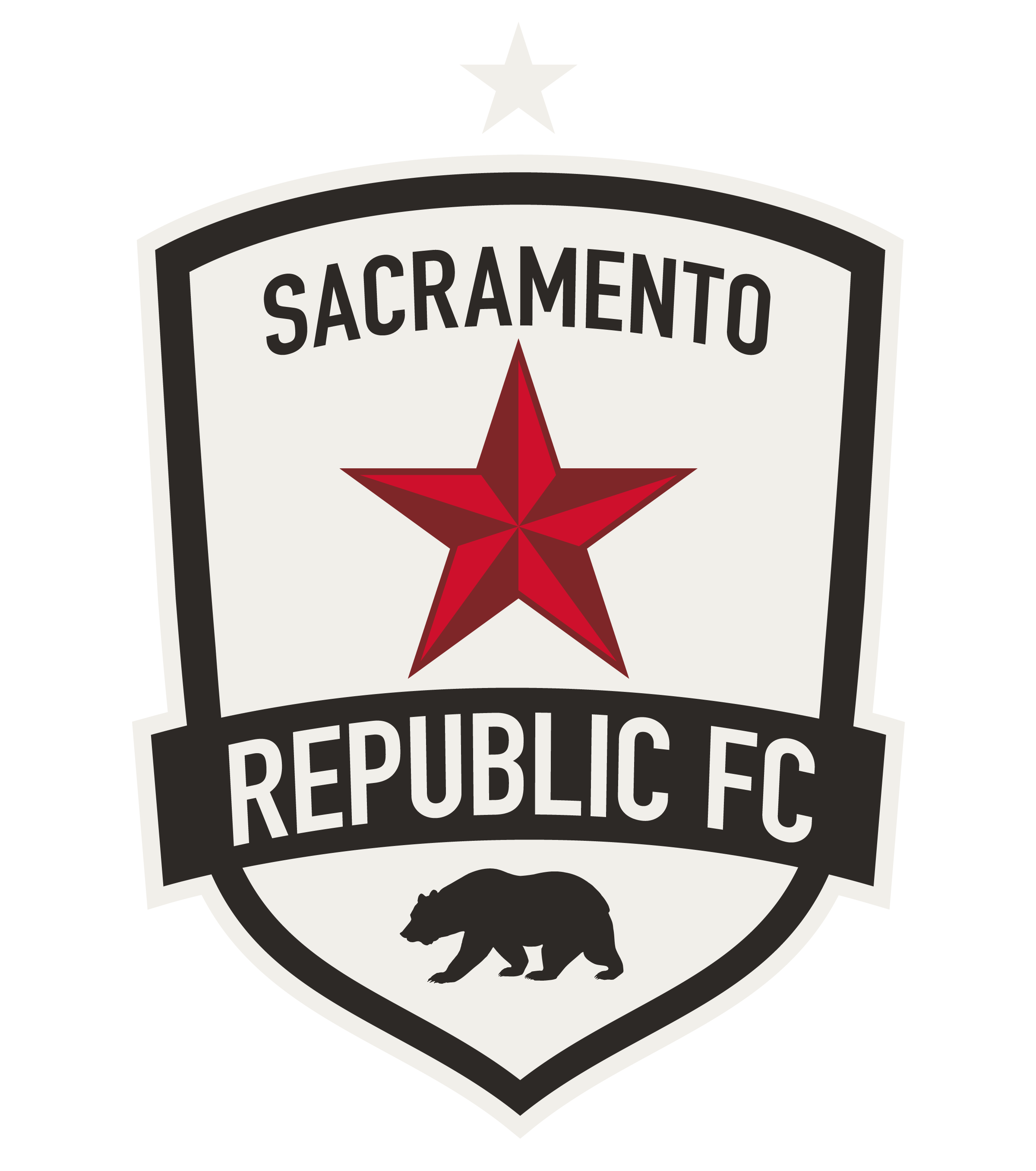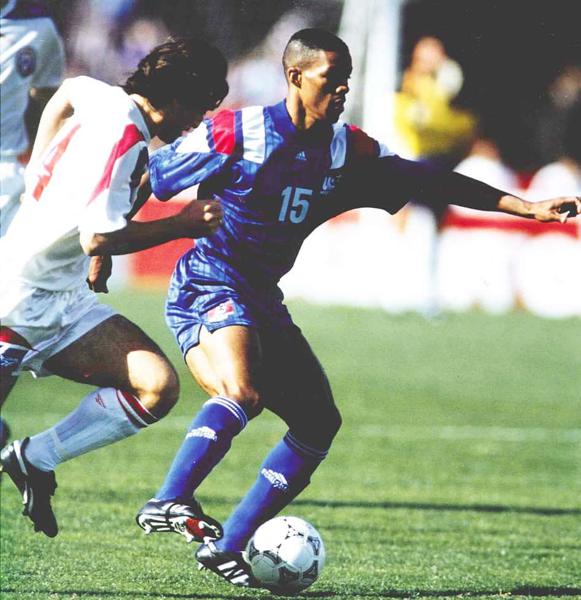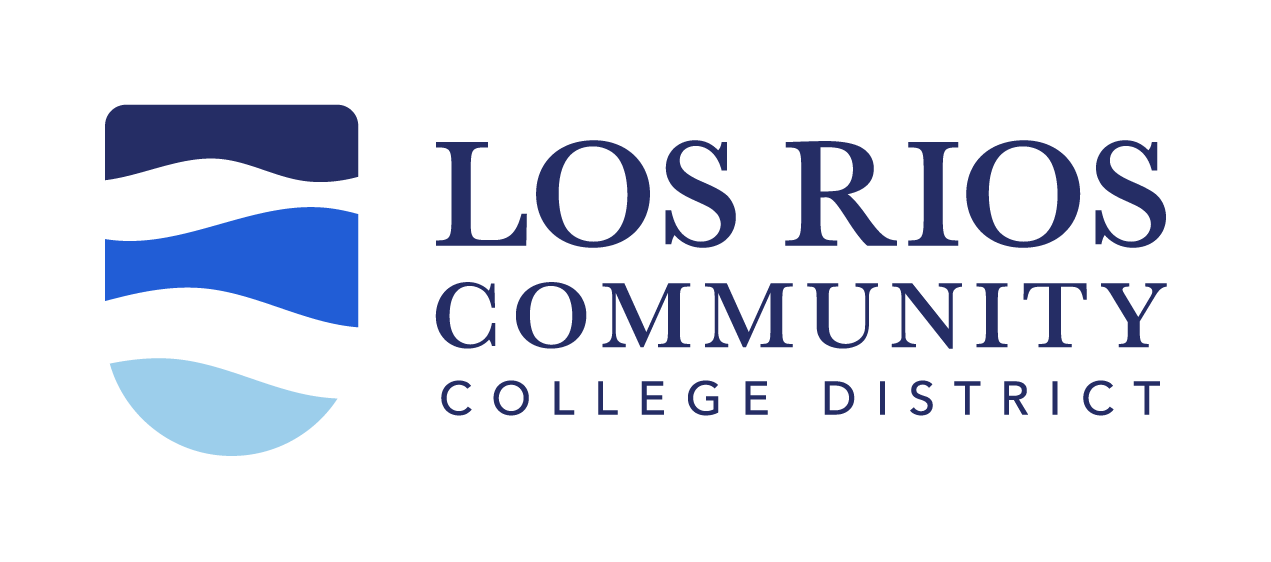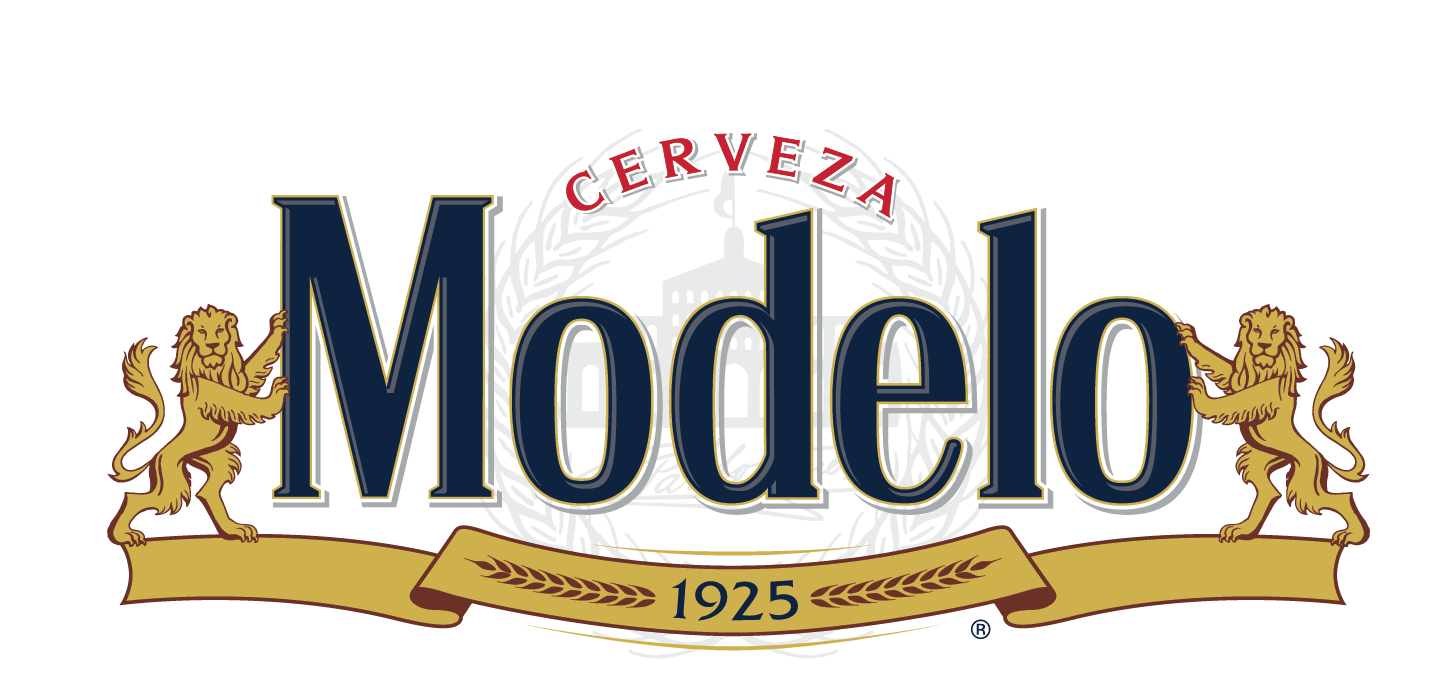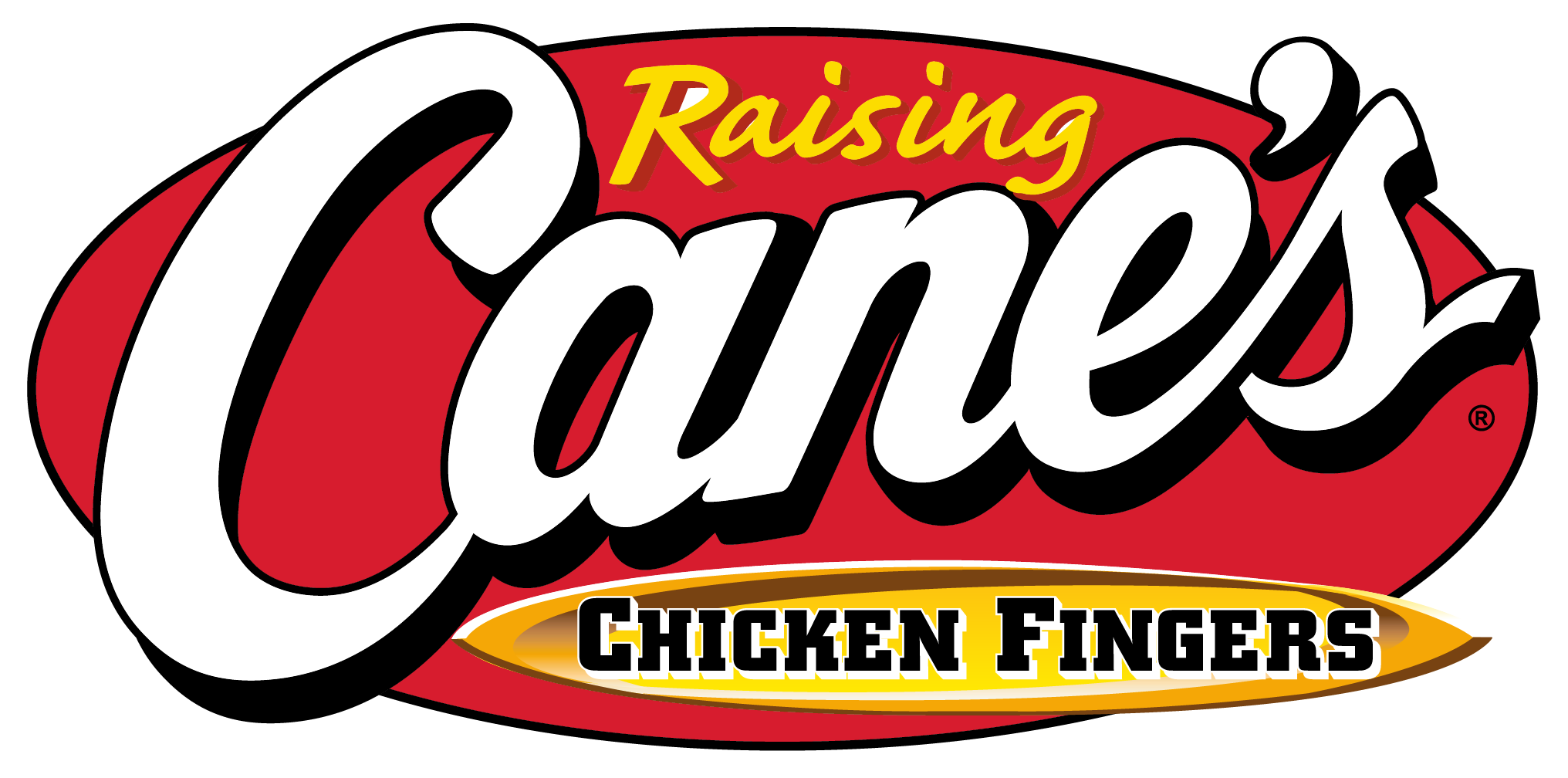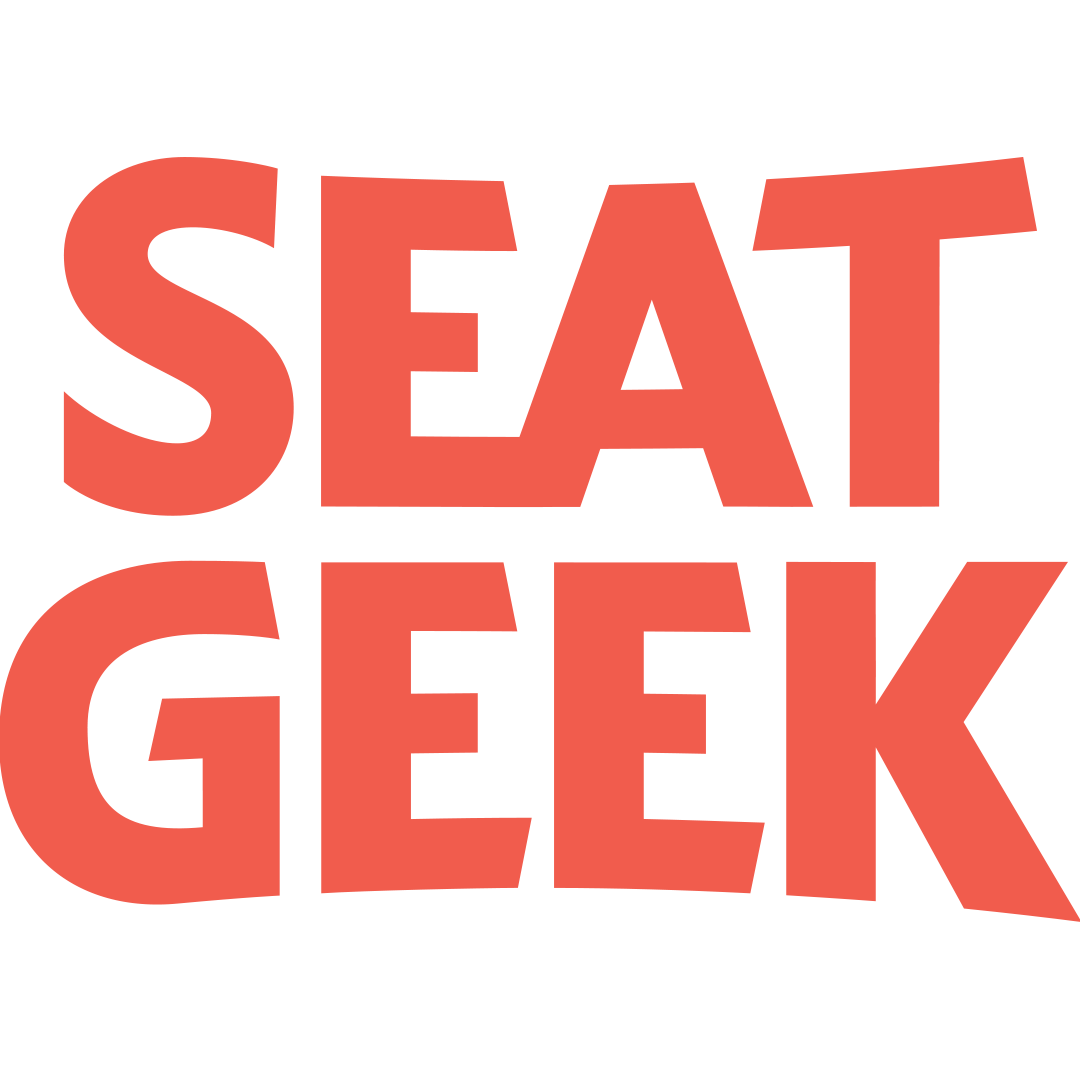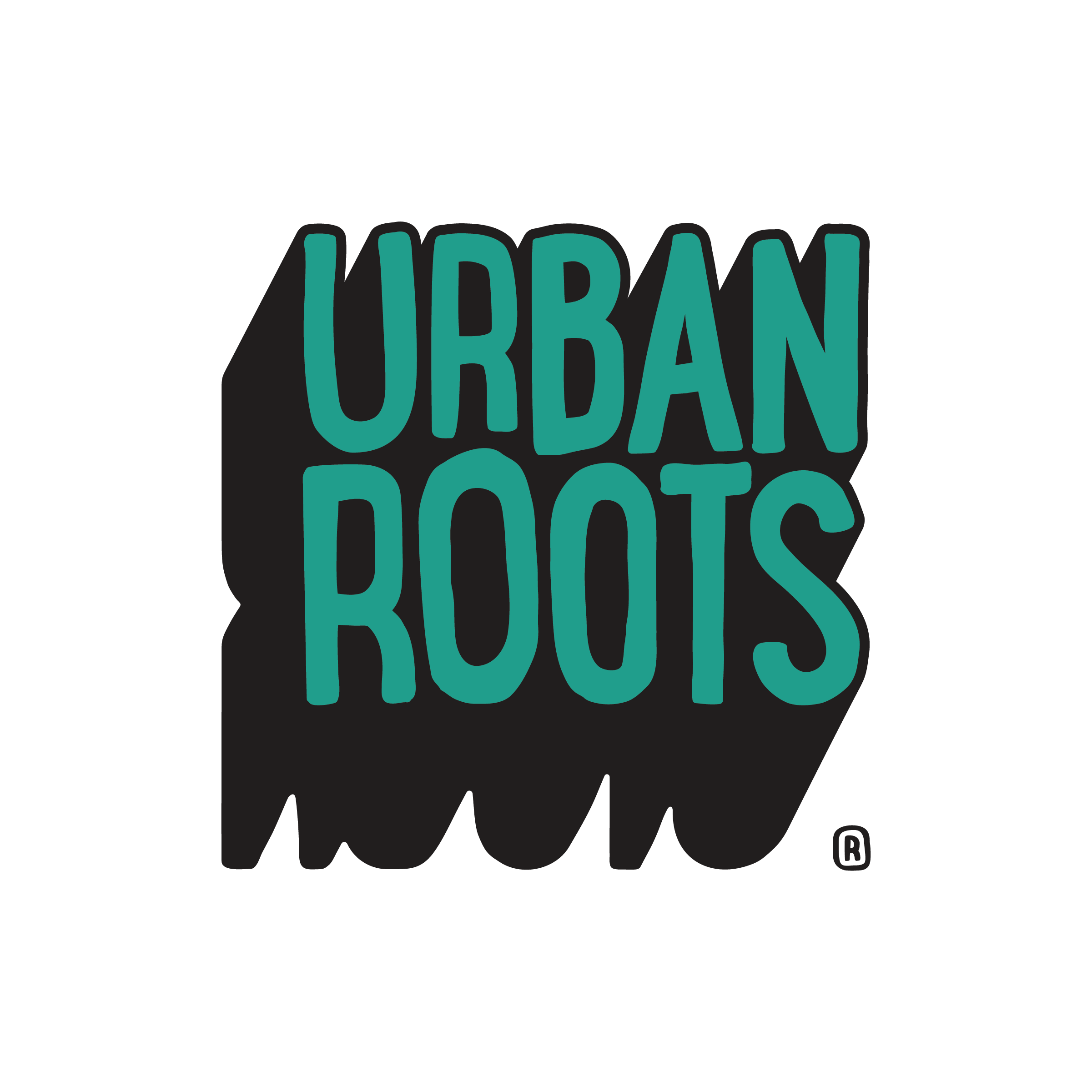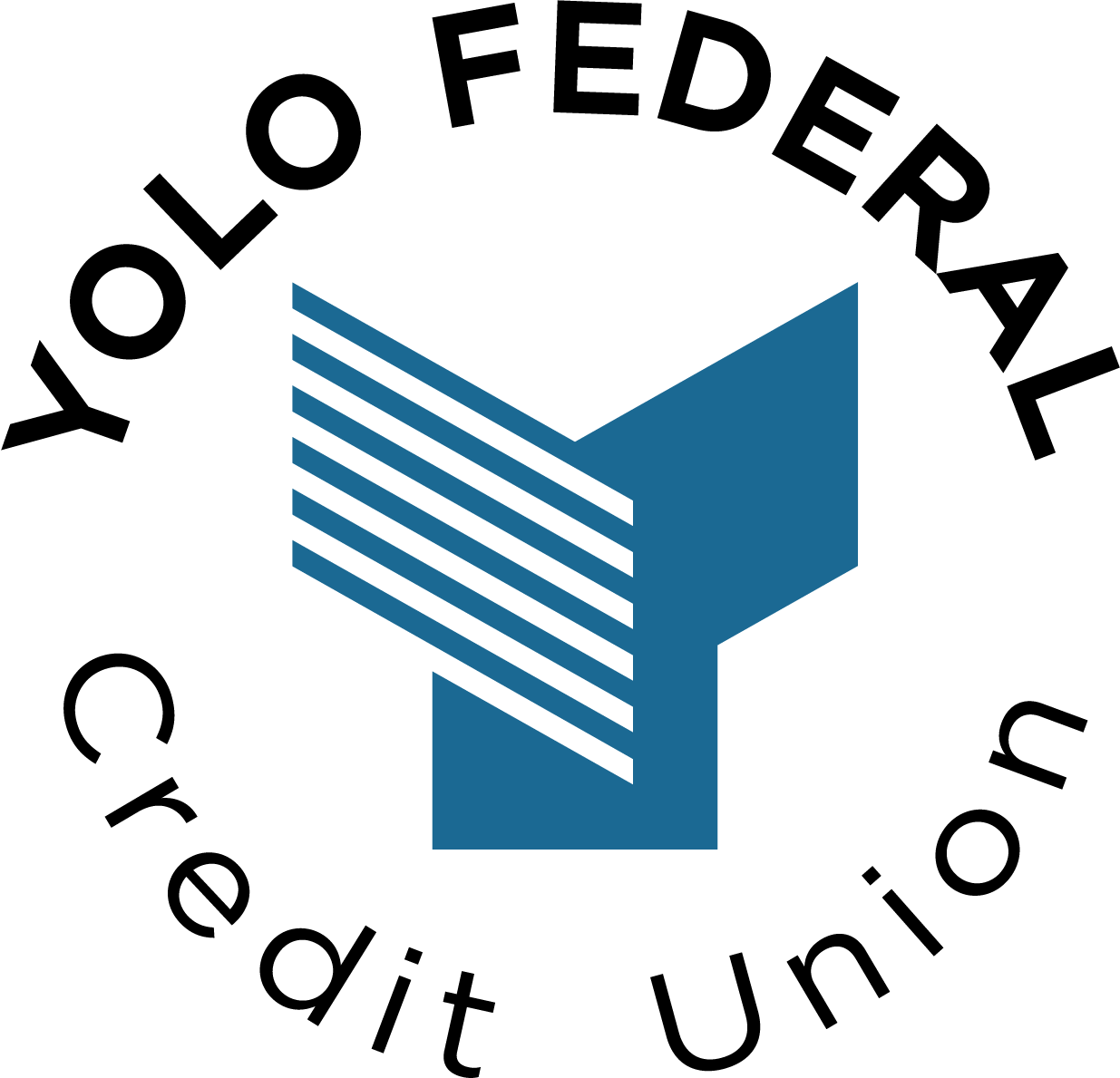Throughout February, Republic FC will honor different trailblazers and pioneers in the soccer community through Black History Month. Each week, a new profile will look at how Black men and women have contributed to the game we love, and how there is still more work to be done as a society.
Throughout February, Republic FC will honor different trailblazers and pioneers in the soccer community through Black History Month. Each week, a new profile will look at how Black men and women have contributed to the game we love, and how there is still more work to be done as a society.
The chance to play and represent your country in the World Cup or Olympics is what most soccer players dream of; a goal that few have a chance to check-off.
For Black soccer players in the 1980s, it was considered impossible until Eddie Hawkins broke the color barrier in 1984. Hawkins opened doors for others including Desmond Armstrong, who became one of the first-U.S.-born Black players to represent the United States at the FIFA World Cup.
The chance to play and represent your country in the World Cup or Olympics is what most soccer players dream of; a goal that few have a chance to check-off.
For Black soccer players in the 1980s, it was considered impossible until Eddie Hawkins broke the color barrier in 1984. Hawkins opened doors for others including Desmond Armstrong, who became one of the first-U.S.-born Black players to represent the United States at the FIFA World Cup.

Throughout his upbringing, Desmond Armstrong had to overcome many barriers from being one of the first Black soccer players in the U.S. but also growing up during the civil rights movement and encountering racism every step of his career.
Desmond Armstrong was born in 1964 in Washington D.C. and eventually moved to Wheaton, Maryland. From living next to a KKK member, unfair treatment from the police, to a bomb being thrown in his school bathroom as schools integrated, Armstrong faced adversity constantly on and off the field.
Throughout his upbringing, Desmond Armstrong had to overcome many barriers from being one of the first Black soccer players in the U.S. but also growing up during the civil rights movement and encountering racism every step of his career.
Desmond Armstrong was born in 1964 in Washington D.C. and eventually moved to Wheaton, Maryland. From living next to a KKK member, unfair treatment from the police, to a bomb being thrown in his school bathroom as schools integrated, Armstrong faced adversity constantly on and off the field.
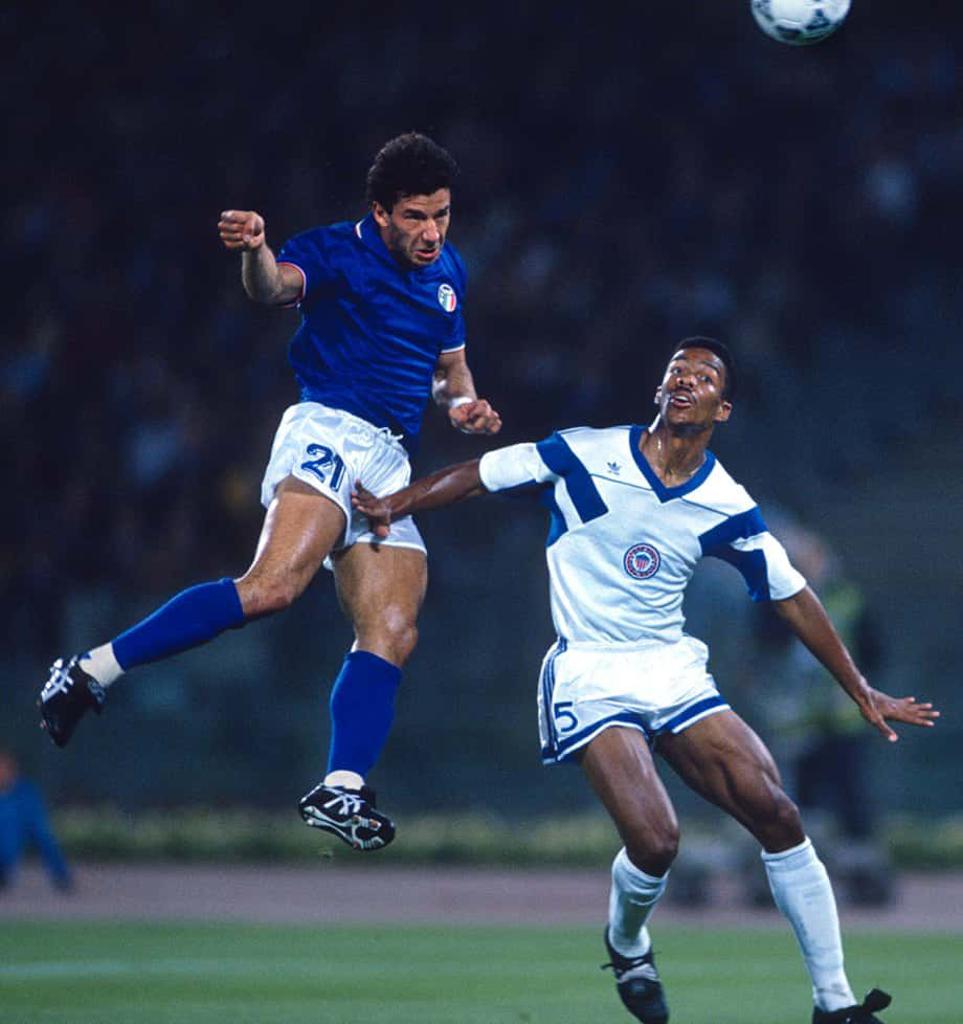
The United States defender grew up playing basketball, but it wasn’t until an altercation on the basketball court that resulted in Armstrong joining the soccer team of his previous foe. At that point, Armstrong started competing for the Wheaton Boys and Girls Club travel teams as he learned the game quickly using his pace and quickness as his main asset.
After a travel team trip to Sutton, England, Armstrong was hooked and knew he wanted to have a career as a professional soccer player.
The United States defender grew up playing basketball, but it wasn’t until an altercation on the basketball court that resulted in Armstrong joining the soccer team of his previous foe. At that point, Armstrong started competing for the Wheaton Boys and Girls Club travel teams as he learned the game quickly using his pace and quickness as his main asset.
After a travel team trip to Sutton, England, Armstrong was hooked and knew he wanted to have a career as a professional soccer player.

Armstrong came back to the States and attended the University of Maryland, receiving All-ACC first-team honors twice. After graduation, he was selected third overall in the 1986 Major Indoor Soccer League by the Cleveland Force.
While competing for the Force, Desmond also pursued an outdoor career with the United States Men’s National Team making his debut in 1987 and eventually would make 81 total appearances for the red, white and blue. The right back competed in the 1988 Seoul Olympics where the US was knocked out of the group stage eventual Gold Medal winners, The Soviet Union
In 1989 while playing for the Baltimore Blast of the MISL, Armstrong broke his leg and it nearly stole away his chance to represent America in the World Cup.
But, much like he did throughout his career and life, Armstrong overcame the injury and would play every single minute of the US’s three matches becoming alongside Jimmy Banks, the co-first US-born Black players to play in a World Cup for America.
Prior to the 1990 World Cup with the US Men’s National Team, Armstrong faced some adversity signing full-time contracts with the club when most players originally declined, and some teammates were furious.
The American defender played every minute for the US in the three matches in the Italia 90 in what would be his final World Cup playing for his country.
Armstrong came back to the States and attended the University of Maryland, receiving All-ACC first-team honors twice. After graduation, he was selected third overall in the 1986 Major Indoor Soccer League by the Cleveland Force.
While competing for the Force, Desmond also pursued an outdoor career with the United States Men’s National Team making his debut in 1987 and eventually would make 81 total appearances for the red, white and blue. The right back competed in the 1988 Seoul Olympics where the US was knocked out of the group stage eventual Gold Medal winners, The Soviet Union
In 1989 while playing for the Baltimore Blast of the MISL, Armstrong broke his leg and it nearly stole away his chance to represent America in the World Cup.
But, much like he did throughout his career and life, Armstrong overcame the injury and would play every single minute of the US’s three matches becoming alongside Jimmy Banks, the co-first US-born Black players to play in a World Cup for America.
Prior to the 1990 World Cup with the US Men’s National Team, Armstrong faced some adversity signing full-time contracts with the club when most players originally declined, and some teammates were furious.
The American defender played every minute for the US in the three matches in the Italia 90 in what would be his final World Cup playing for his country.

Armstrong’s impact on the game stretches longer than just his playing career as he founded the Heroes Football Association in 2004 that helps players prepare for the next level within the US Club and Youth Soccer system.
He has also been involved in the beautiful game as a broadcaster for ABC Sports and ESPN covering the 1994 World Cup.
In 2012, Desmond Armstrong was inducted into the National Soccer Hall of Fame.
Armstrong’s impact on the game stretches longer than just his playing career as he founded the Heroes Football Association in 2004 that helps players prepare for the next level within the US Club and Youth Soccer system.
He has also been involved in the beautiful game as a broadcaster for ABC Sports and ESPN covering the 1994 World Cup.
In 2012, Desmond Armstrong was inducted into the National Soccer Hall of Fame.
Armstrong remains heavily involved in the game as he co-founded the East Nash Soccer in 2018– a premier youth soccer league that prioritizes player development while honoring human diversity, family participation, and community wellness.
Armstrong remains heavily involved in the game as he co-founded the East Nash Soccer in 2018– a premier youth soccer league that prioritizes player development while honoring human diversity, family participation, and community wellness.
“Soccer is a universal sport,” Armstrong says. “Soccer is a tool that can be used for several different things. I want to use it to have a lasting impact in the community, in the lives of the people that I engage with, the kids themselves, their families, or players who played for me venturing into their own life. I want to make sure that that I bring experience, but care to their lives so I have a lasting legacy by making some positive impact in their lives through soccer.”
His legacy continues throughout American soccer to this day with his story and knowledge of the game that he is committed to teaching and growing.
“Soccer is a universal sport,” Armstrong says. “Soccer is a tool that can be used for several different things. I want to use it to have a lasting impact in the community, in the lives of the people that I engage with, the kids themselves, their families, or players who played for me venturing into their own life. I want to make sure that that I bring experience, but care to their lives so I have a lasting legacy by making some positive impact in their lives through soccer.”
His legacy continues throughout American soccer to this day with his story and knowledge of the game that he is committed to teaching and growing.

































































































































































































































































































